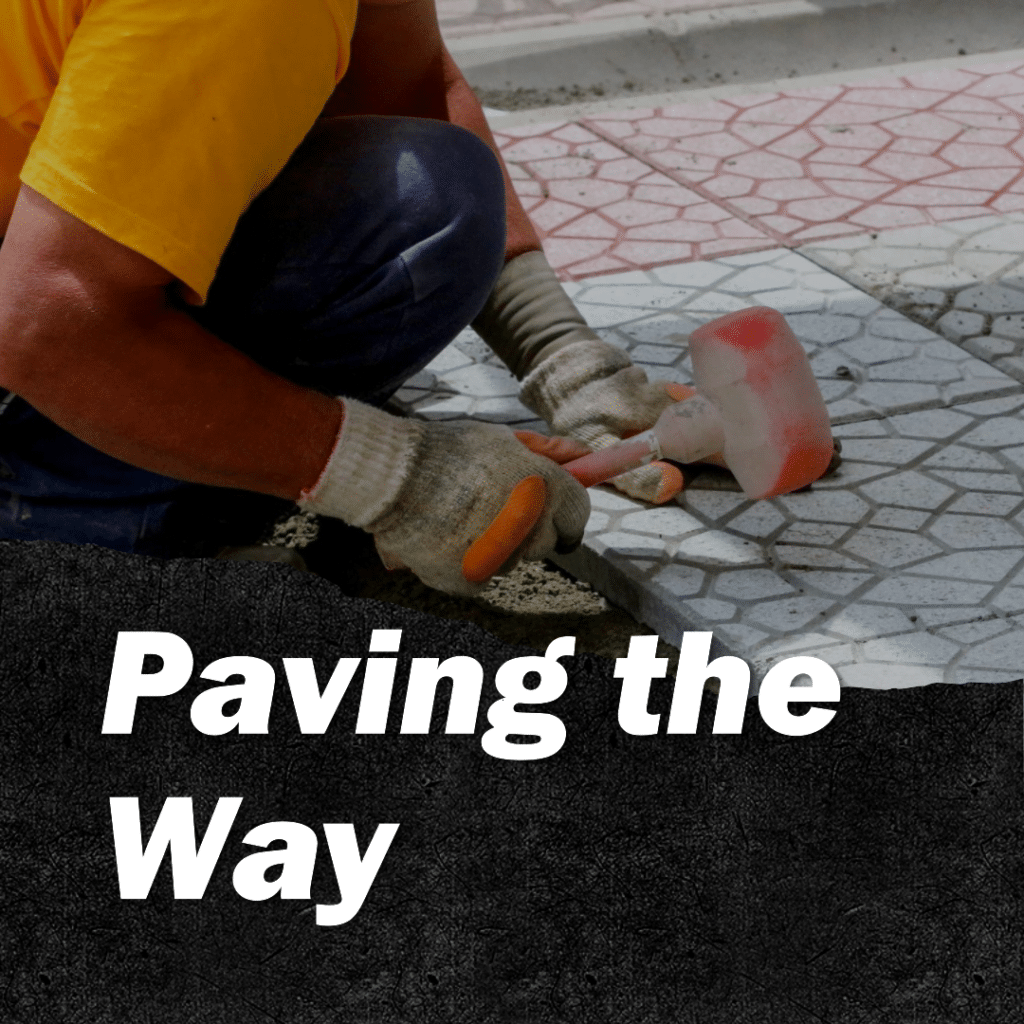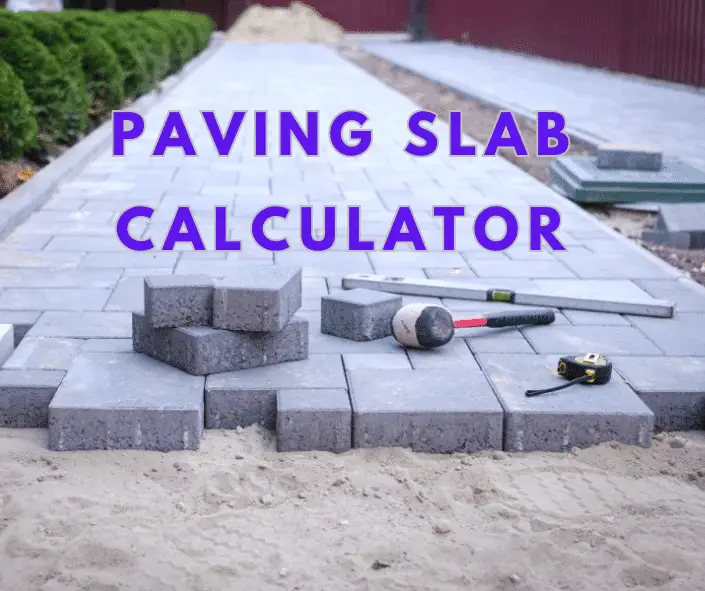This paving slab calculator is a useful tool for anyone planning to install a new patio or garden path.
It helps to determine the number of slabs needed to cover a given area, making it easier to estimate the cost of materials and plan the project.
Paving Slab Calculator
To use the paving slab calculator, you’ll need to know the length and width of the area you want to cover and the size of the paving slabs you plan to use.
The calculator will take these inputs and calculate the number of slabs needed to cover the area.
Paving Slab Calculator
Here are the steps to use the calculator:
Calculator for multiple paving sizes
- Measure the length and width of the area you want to cover in meters. Note down these values.
- Decide on the size of the paving slabs you want to use, and measure their length and width in millimeters. Note down these values as well.
- Input the values into the corresponding fields on the calculator.
- Click on the “Calculate” button to get the required number of paving slabs
How to Work Out How Many Paving Slabs You Need
To work out how many paving slabs you need, multiply the length by width (in meters) of the area you’re paving, then divide the total paving area by the paver’s surface area in square meters or use one of our paving slab calculators.
A Guide to Calculating Paving Materials for Your Project

Planning a paving project can be an exciting endeavor, but it’s essential to ensure you have the right amount of materials to complete the job successfully.
Calculating the quantity of paving, sand, cement, and other materials can seem daunting, but with a little know-how, you can confidently estimate what you’ll need.
FAQ’s
How much paving do I need?
Determining the amount of paving required involves calculating the total area you want to cover. Measure the length and width of the space in meters, multiply these values together, and you’ll have the area in square meters. Keep in mind that it’s a good idea to add a small percentage for wastage and cuts.
How many 600×600 slabs in a square meter?
To find the number of 600×600 slabs needed per square meter, divide the area of the space by the area of each individual slab. For example, if your area is 10 square meters, and each slab covers 0.36 square meters, you would need approximately 28 slabs (10 / 0.36 = 27.78).
How much sand and cement per m2 of paving?
The amount of sand and cement required per square meter of paving depends on the thickness of the mortar bed. A common recommendation is a 4:1 ratio of sand to cement. For example, if you plan for a mortar bed thickness of 25mm, you’ll need approximately 40kg of sand and 10kg of cement per square meter.
How many 450×450 slabs in a square meter?
Calculating the number of 450×450 slabs needed per square meter follows the same principle as for 600×600 slabs. Divide the area by the area of each individual slab to obtain the required quantity.
How do I calculate how much sand I need for paving?
Calculating the amount of sand for paving involves determining the thickness of the sand bed. Typically, a 50mm (2-inch) thickness is recommended. Multiply the area of the paving by the thickness to obtain the volume of sand needed.
Do I compact the sand before laying pavers?
Yes, it’s critical to compact the sand before laying the pavers. This helps create a solid and stable foundation, reducing the risk of settling or shifting over time. Use a compactor or tamper to achieve proper compaction.
How many slabs do I need?
To calculate how many slabs you need use the paving slab calculator above.
You can use our Mot Calculator to work out how much Type 1 sub base to use.
Accurately calculating the amount of paving materials needed for your project is essential to avoid unnecessary waste and ensure a successful installation.
Author Profile

- I have many qualifications and certificates in construction, such as City & Guilds, CPCS and CITB. These are the highest standards of training and competence in the industry. Whether you need help with plumbing, carpentry, bricklaying or any other trade, I’m here to help you succeed.
Latest entries
- March 6, 2024CalculatorsWall Tile Calculator: How Many Wall Tiles Do You Need
- February 29, 2024Roof Truss Cost Calculator
- December 31, 2023Wage Take Home Calculator
- December 30, 2023Day Rate Calculator


Comments are closed.